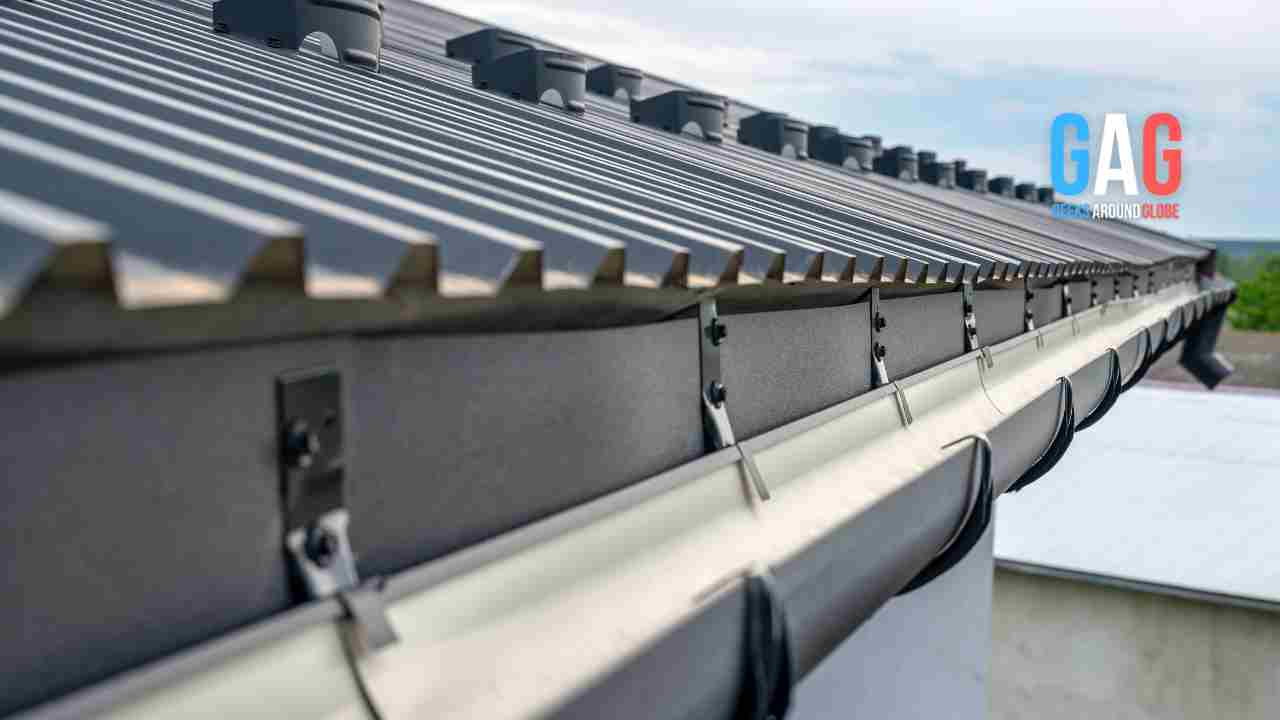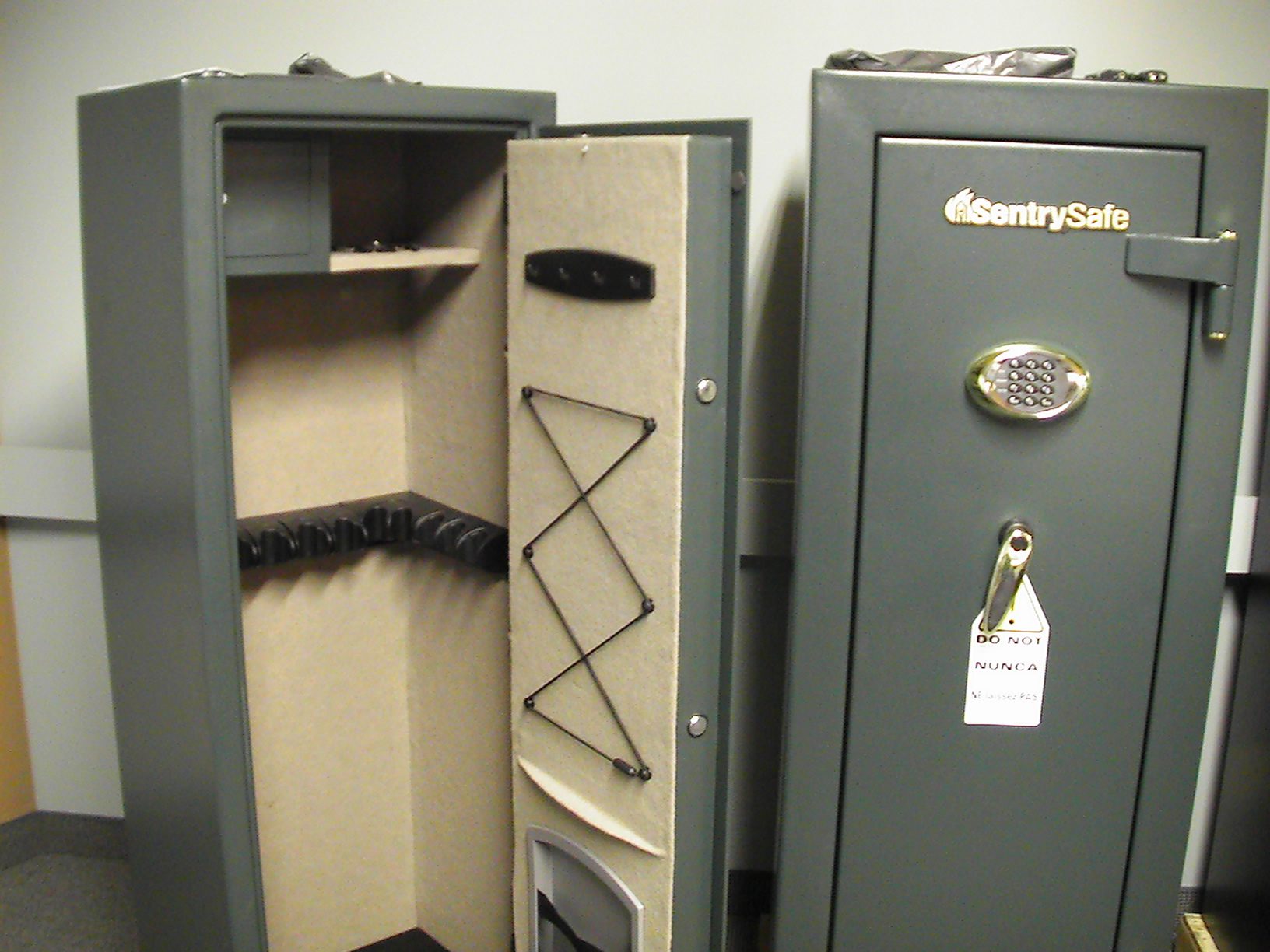A flat roof is a popular choice for many commercial and residential buildings because it is relatively inexpensive and easy to install. However, one of the challenges with flat roofs is that they can be prone to water buildup, which can lead to leaks and other issues. This is where the drainage system of a flat roof comes into play.
The drainage system of a flat roof is designed to channel water away from the roof surface and prevent standing water from accumulating. It is essential to have an effective drainage system in place to protect the roof and the building itself from water damage. Learn how a flat roof drains and tips on how to protect it from water build up in this post.
Components of a Flat Roof Drainage System
There are several components that make up a flat roof drainage system:
- Gutters: Gutters are installed around the perimeter of the roof to collect and channel water away from the roof surface.
- Downspouts: Downspouts are vertical pipes that are attached to the gutters and run from the roof to the ground. They help to direct the water from the gutters away from the building.
- Scuppers: Scuppers are openings in the walls of the building that allow water to flow from the roof to the ground. They are typically located near the corners of the roof.
- Drainage channels: Drainage channels are installed on the roof surface and are designed to channel water towards the gutters or scuppers. They are often made of a sloping material such as asphalt or concrete.
- Drainage pipes: Drainage pipes are connected to the gutters or scuppers and carry the water from the roof to the ground. They can be made of various materials, including PVC, aluminum, or copper.
Additional Drainage Solutions for Flat Roofs
There are several drainage solutions for flat roofs that can help to prevent water buildup and protect the roof and building from water damage. These solutions include:
- Gravity drainage: Gravity drainage involves installing a slope on the roof surface to allow water to flow towards the gutters or scuppers. This is often achieved using a sloping material such as asphalt or concrete.
- Internal drainage: Internal drainage involves installing a network of pipes or channels on the roof surface to carry water away from the roof. These pipes or channels are connected to the gutters or scuppers, which carry the water to the ground.
- Surface-mounted drainage: Surface-mounted drainage involves installing a network of pipes or channels on top of the roof surface to carry water away from the roof. These pipes or channels are connected to the gutters or scuppers, which carry the water to the ground.
- Green roofs: Green roofs involve installing a layer of plants on the roof surface to absorb water and prevent runoff. This can be an effective solution for reducing water buildup on flat roofs, as well as providing other benefits such as insulation and improved air quality.
- Ponding water solutions: Ponding water solutions involve installing a membrane or other waterproof material on the roof surface to prevent water from accumulating. This can be an effective solution for areas with high levels of rainfall or where the roof is prone to ponding water.
It is important to consider the specific needs and characteristics of a flat roof when selecting a drainage solution. Consider the slope of the roof, the climate and weather patterns in the area, and the type of roofing material being used.
Tips to Maintain Your Flat Roof
- Keep debris off the roof: Debris such as leaves, branches, and trash can accumulate on the roof and block the drainage system, leading to water buildup and potential damage. Regularly removing debris from the roof can help to prevent this issue.
- Repair any damage promptly: If you identify any damage during an inspection, it is important to repair it as soon as possible to prevent further damage. This may involve patching holes, sealing cracks, or replacing damaged roofing material.
- Clean the gutters and downspouts: Clogged gutters and downspouts can prevent water from flowing off the roof, leading to water buildup and potential damage. Clean the gutters and downspouts regularly to ensure that they are functioning properly.
- Hire a professional: If you are not comfortable performing maintenance tasks on your own, consider hiring a professional roofing contractor to handle the work for you. This can help to ensure that the roof is properly maintained and any issues are addressed quickly.
Overall, understanding the drainage system of a flat roof is crucial for maintaining the structural integrity of the building and preventing water damage. Proper installation and regular maintenance of the drainage system can help to extend the lifespan of the roof and protect the building from water-related issues.







